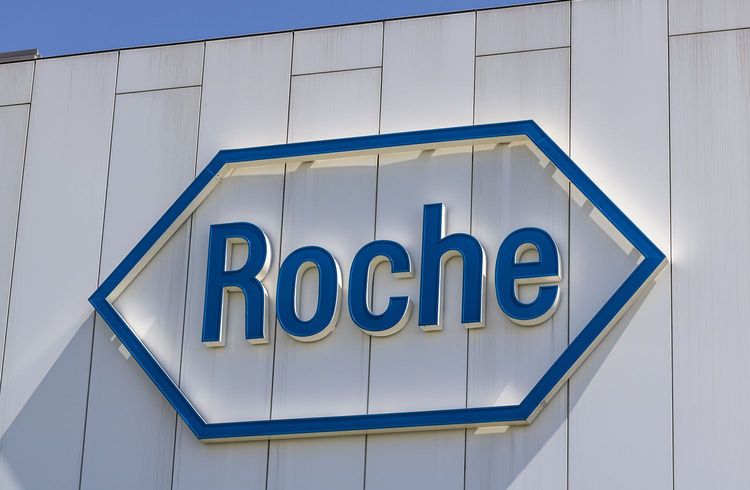Roche invests 50 billion dollars in the USA

The Swiss pharmaceutical company Roche plans to invest 50 billion US dollars in the United States over the next five years. The goal is to significantly expand its business activities in the country and create more than 12,000 new jobs. The expansion will affect both production and distribution infrastructure. According to the company, once all new and expanded facilities are operational, more medicines will be exported from the US than imported.
Roche already employs more than 25,000 people at 24 locations in eight US states. This presence is set to be significantly expanded through the announced investments. Plans include expanding production and distribution capacities for the existing pharmaceutical and diagnostics portfolio in Kentucky, Indiana, New Jersey, Oregon, and California. In addition, a gene therapy production facility is to be established in Pennsylvania. In Indiana, Roche also plans to build a new facility for continuous glucose monitoring and an 84,000-square-meter production center to support the growing business with new weight-loss medications.
The creation of new jobs includes approximately 6,500 positions in construction and around 1,000 direct hires at Roche. CEO Thomas Schinecker described the investments as a sign of Roche’s long-term commitment to research, development, and manufacturing in the United States. He emphasized the international orientation of the company, which operates in over 130 countries worldwide.
The decision may also be influenced by the ongoing debate over potential import tariffs on pharmaceuticals, which the US government under President Donald Trump is considering. If implemented, Switzerland would face an import fee of 31 percent on its pharmaceutical exports to the US. Although Schinecker did not directly address the looming trade barriers, the investments could help mitigate negative effects through stronger local production.
Last year, the United States imported pharmaceutical products worth nearly 213 billion dollars—almost three times the import volume of 2014. The timing and scope of potential tariffs are still unclear, but they could have far-reaching consequences for the international pharmaceutical trade.



